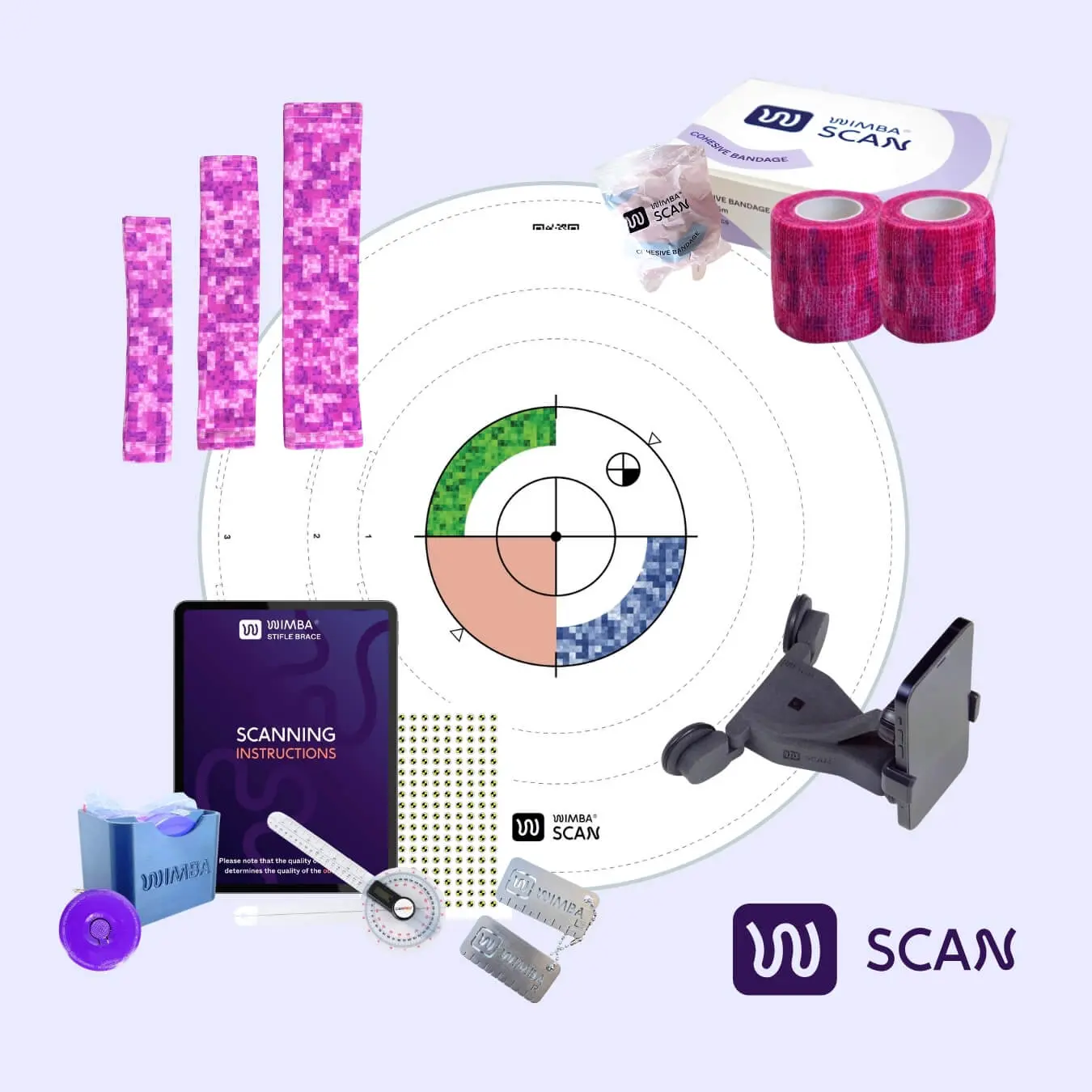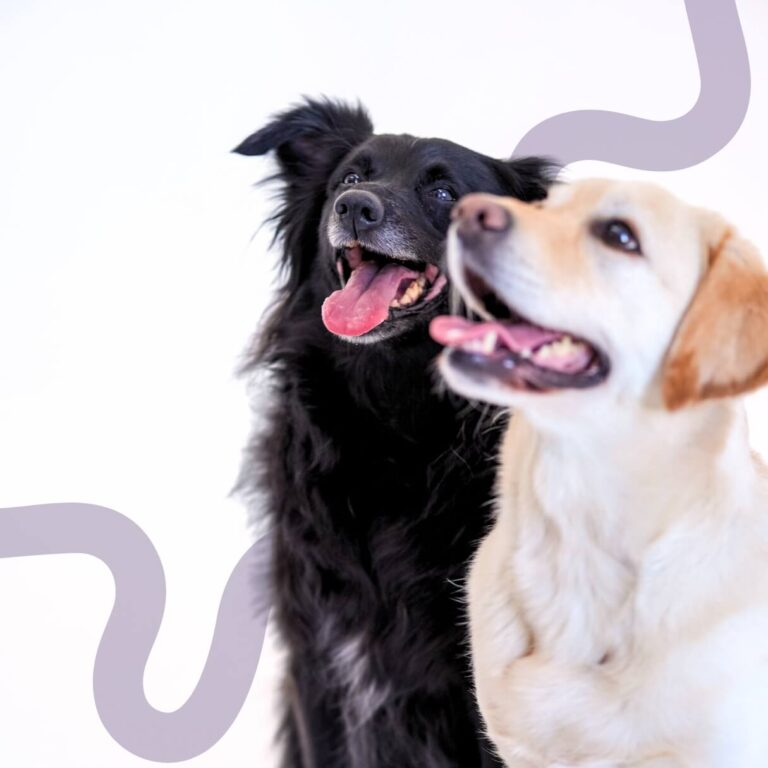Disability among veterinary patients is no longer as big a problem as it once was. A surgical injury, defects due to anatomical structure, partial paresis or paralysis are not a sentence for a beloved pet. Thanks to the work of many scientists, engineers, veterinary surgeons and zoophysiotherapists, patients with orthopaedic and neurological problems can count on a range of modern solutions to improve their quality of life and enable a partial or complete recovery. Today, we will introduce you to the most important issues concerning the care of patients after orthopaedic surgery, primarily the use of orthoses.
What Options Do We Have?
Technological developments in the medical industry are not a new topic for us. It is very common to hear about solutions that enable better care for patients with orthopedic conditions, fitting prostheses, orthoses and rehabilitation modalities. However, an important breakthrough in veterinary medicine has occurred relatively recently. The development of 3D printing has ushered in a new chapter in veterinary medicine, and the ability to create custom orthoses has opened up a wide range of possibilities for practitioners to improve the post-surgical care and rehabilitation of four-legged patients.
You need to know that the success associated with surgery consists of many factors. Undoubtedly, it is important to carry out the surgery correctly, but post-operative care, which often lasts many weeks, is also of great importance in restoring the animal’s mobility. Therefore, the cooperation of many people is necessary to achieve complete success. The creation of the orthosis itself is one of the steps required to restore the four-legged animal’s mobility. It is the responsibility of the veterinarian, or canine rehabilitation technician, to properly instruct the owner on the entire rehabilitation process, getting the pet used to moving with the orthosis and using the appropriate exercises.
What Are Orthoses?
In a word of introduction, orthoses are medical devices that are intended to stabilize a joint, or a designated part of the body. They are used in human and veterinary medicine after injuries and related orthopedic operations, but also for protective and preventive purposes. With the use of an orthosis, we can support the given body section, correctly position the limb and prevent deformities. Orthoses also support weakened muscles and improve their function.
When Are Orthoses Used?
In veterinary medicine, they are used after:
– sprains,
– fractures,
– dislocations,
– ligament ruptures,
– as well as in neurological deficiencies
– and osteoarthritis due to various reasons.
The current technical possibilities make it possible to supply the largest joints in a quadruped’s body. These include thoracic limb orthoses for the wrist and elbow, as well as pelvic limb orthoses for the tarsal, knee and hip joints.
The Use of WIMBA Orthoses
It all starts with a consultation with specialists, an analysis of the results and the owner’s financial possibilities. The type of orthosis will be selected by the veterinarian or canine rehabilitation technician on an individual basis, taking into account the animal’s symptoms and full diagnosis.
One way of selecting orthoses is through Wimba, which allows the necessary measurements to be taken in as little as 15 minutes with the help of a phone and a specially designed app.
The orthosis is constructed of lightweight materials, spacer pads and retaining straps. These are designed to provide it with sufficient strength and flexibility, but without restricting the animal’s ability to move. These materials are tailored to the needs of the individual dog, its weight and size. Tokens are added to such a structure to monitor progress in rehabilitation and recovery. They allow modification of the range of movement of a given limb between 180 and 205 degrees.
Modern orthoses ensure good airflow, easier healing of post-surgical wounds and no problems with hygiene. A correctly fitted orthosis allows the dog to move freely, lie down, sit, swim and, with the progress of rehabilitation, run.
Once your dog has been fitted with an orthosis, you should start working with your pet undergoing rehabilitation. Do not expect him to be comfortable with such a device immediately. Getting used to it and learning to load the limb correctly is a matter of a few weeks. Before starting to use the orthosis, it is a good idea to consult a behaviourist and to familiarise yourself with the protocol that comes with the device. At the beginning of rehabilitation, it is a good idea to start with commands including sit, guard or stand and to supervise the animal’s correct gait. How long the animal should wear the brace will be determined on an individual basis. Please note that the entire rehabilitation process should be consulted with the supervising veterinarian or zoophysiotherapist.
When Should an Orthosis Not Be Used?
Unfortunately, the orthosis does not prove to be reliable in every case. There may be problems, which your vet will be sure to inform you of, when the use of the orthosis on your pet should be abandoned, for a certain period of time. If you notice abrasions where the material comes into contact with the limb, swelling, or a skin allergy, you should go for a consultation immediately. Additional indications that prevent the use of an orthosis are muscle atrophy and severe anxiety in the animal.
Post-operative care after orthopaedic surgery is not just about the orthosis.
The basis of post-operative care is the maintenance of the correct weight of the dog, which depends on the selection of a diet tailored to the needs of the pet.
There are various commercial foods available on the market that are balanced to support the animal during the recovery period. The carer can take advantage of such an option, or rely on a properly balanced home diet. This is important because limiting exercise, even in the relatively short term, promotes the development of overweight and obesity in animals. Every extra kilogram, puts stress on the joints, which, after all, are supposed to regenerate in the shortest possible time. It is advisable to place the bowls themselves on a raised level, which will make it easier for your pet to take food and water in a comfortable position.
It is equally important to meet the dog’s behavioural needs for play, which does not require excessive strain on the affected limb. An animal with an orthosis should not be neglected in this regard by its carers. At the beginning of rehabilitation, it is advisable to rely on simple commands, play activities involving intellectual effort, as well as passive and stretching exercises, which will be presented to you beforehand by the zoophysiotherapist. The whole process, depending on the individual needs of the patient, can be enriched with massages, tissue warming and rehabilitation with specialised equipment such as a water treadmill.
Animals, which once served humans or played a minor role in their household, are now considered full-fledged family members who are entitled to the best care. For this reason, orthoses and prostheses are becoming commonplace in veterinary medicine. Particularly noteworthy are the products, individually tailored to the quadruped, which contribute to a significant improvement in quality of life. It is a solution made for animals, with them in mind.






